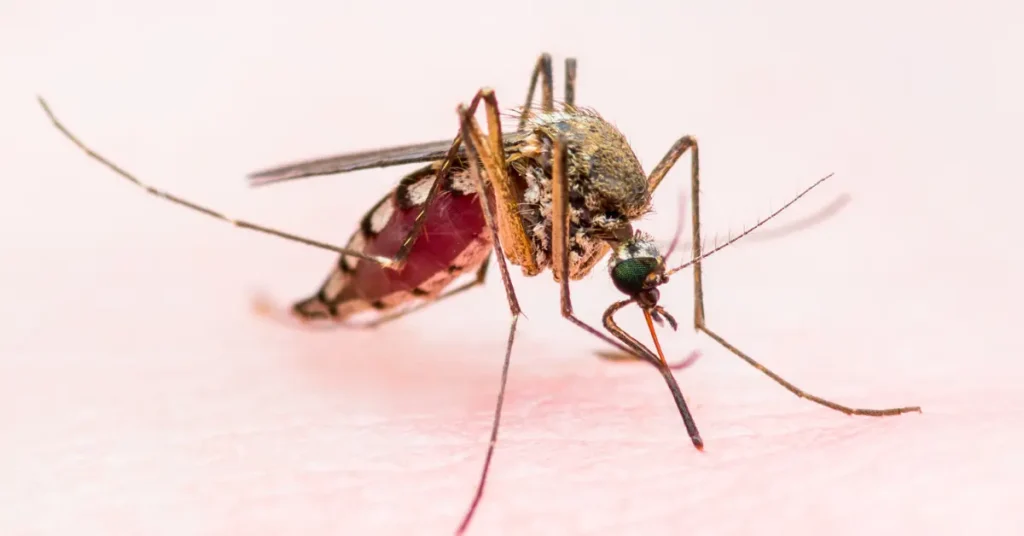Researchers have created minuscule human cell robots that can mend injured brain tissue1. Human tracheal cells were used to create the “anthrobots,” which may one day be employed in personalized therapy.
According to bioengineer Alex Hughes of the University of Pennsylvania in Philadelphia, the research “points the way to a ’tissue engineering 2.0′ that synthetically controls a range of developmental processes.”
Previously, clusters of embryonic frog cells were used by developmental scientist Michael Levin at Tufts University in Medford, Massachusetts, and his colleagues to create miniature robots. However, because these “xenobots” weren’t made from human cells and required hand carving to take on the appropriate shape, their medicinal uses were restricted. Currently, the researchers are working on creating self-assembling anthrobots.
Future applications for anthrobots generated from a person’s own tissue, with or without genetic engineering, may include medicine delivery, artery clearing, and mucus breaking up. This is according to Levin, Gumuskaya, and their colleagues. Another possibility is to create biobots, or robots built of biological material, which could find use in space exploration and environmentally friendly building by merging different cell types and investigating new stimuli.



